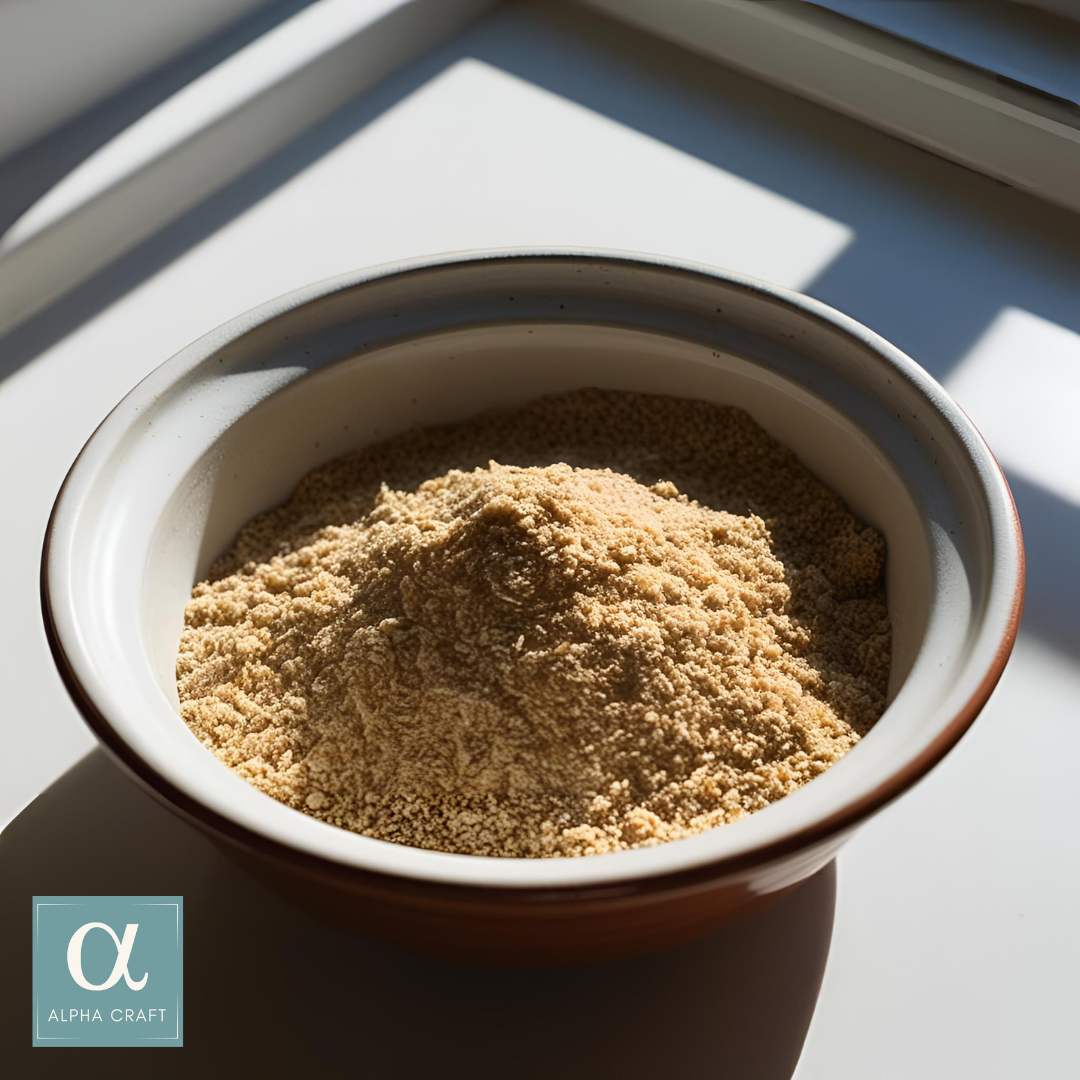Bone Meal Fertilizer
Bone meal is a natural fertilizer made from crushed animal bones rich in phosphorus and calcium. It promotes strong root growth, flowering, and fruiting while enhancing soil health. Making it at home saves money, reduces waste, and ensures a pure, chemical-free product.

Inventory
Some of the links in this post are affiliate links, and we may receive a commission if you purchase through them.
Tools & Equipment
- 6-quart stockpot
- Oven
- Baking Sheet
- Blender Food Processor
- Fine Mesh Strainer
- Storage Container
- Slow Cooker, optional
Ingredients
- 1-2 lbs, Leftover Animal Bones: beef, pork, chicken, etc. (save bones in your freezer until you have enough)
- 3-5 quarts, Water
- 2 tbsp, White Vinegar
Instructions
Prep the Bones
Rinse the bones and wash off as much excess fat, meat, or cartilage as possible.
Be sure to defrost in the refrigerator over night before hand if they have been in the freezer
Soften the Bones
Place bones in a large pot, cover with water by about 2 inches, and add the vinegar. Simmer for 2-3 hours. Once softened, remove bones and scrape off any residual meat or fat.
This step will make the bones more brittle and easier to break down later. It also removes any remaining fat, cartilage, and bits of meat that you don't want to add to your fertilizer.
Vinegar controls the odor and draws out minerals from the bones.
Sterilize the Bones
Arrange the boiled bones on a baking sheet in a single layer. Bake at 300°F (150°C) for 2-4 hours. When finished, the bones should be completely dry and brittle. Let them cool to room temperature before proceeding.
This long, slow bake kills pathogens and thoroughly dries the bones.
Soften the Bones Again (optional)
Transfer the baked bones to a slow cooker and cover with water with a little splash of vinegar. Cook on low for 12 hours. Drain the bones and spread out on sheet pan again. Place in the oven at 200°F (90°C) for 1-2 hours.
This step makes the bones easier to grind. It may be preferred if the bones are large or don't break easily yet.
Grind the Bones
Using a hammer or mallet, break the bones into smaller pieces. Then add the pieces to a food processor. Sift the powder through a fine mesh sieve to remove any large fragments and regrind as needed.
Beef bones may take more processing than poultry bones. You can separate these and blend in groups.
Always wear a dust mask and gloves when grinding to avoid inhaling fine particles
Application
Add it as a soil amendment before planting, sprinkle around established plants, and lightly mix into the topsoil. It can also be added to compost piles to increase phosphorus content.
Phosphorus is essential for root development, flower formation, and fruiting.
Signs of phosphorus deficiency include a purple or reddish tint on the underside of leaves, stunted growth, poor flowering or fruiting despite healthy foliage, or delayed maturity of crops and flowers.
Plants that benefit from bone meal: bulbs and tubers, fruiting plants, flowering perennials, root crops, and fruit trees.
Storage: Keep your bone meal in an airtight container in a cool, dry place.
Modifications
Sub Vinegar
If the smell of white vinegar is too strong for you, use apple cider vinegar instead. Or omit it altogether.
Increase Batch Size
You can easily do a larger batch if you have more bones to grind.
- For 3-5 lbs of bones, use an 8-12 quart stockpot and 6-8 quarts of water. Increase vinegar to 4 tbsp
- For 6-10 lbs of bones, use a 16-20 quart stockpot and 12-15 quarts of water. Increase vinegar to 1/2 cup.
- For 10+ lbs of bone, use a 22+ quart canning pot and 18-20 quarts of water. Increase vinegar to 1 cup.
You can always do smaller batches if you don't have the equipment needed for a larger batch.
Char the Bones
Bone biochar improves soil structure, moisture retention, and can also enhance microbial activity.
After boiling and drying, char the bones in a fire pit or kiln until they are blackened but not fully turned to ash. Then proceed with grinding.
Acid Soak
A bath in a mild acidic solution before boiling can break down calcium and phosphorus, making them more bio-available.
After washing bones, soak them in 1 part vinegar to 10 parts water for 12-24 hours. Rinse and proceed with boiling and baking.
Pair it with Calcium
Eggshells are rich in calcium carbonate, which complements the phosphorus content of bone meal. Add a little eggshell fertilizer to your bonemeal or use them together.
Every craft begins as an alpha craft. Crafts are developed by considering the function and effect of inputs and all the actions needed to create the transformation. They are designed with theory and research but have not been personally tested by any Guild Craft Trade employee or member. When you perform a craft at this stage, it is through your own experimentation (and risk, if there is any).
This designation is part of our mission to build a chain of production for cottage industry. To learn more, see our About page.